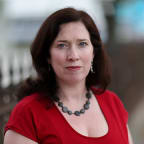After seven maddening years of helping fellow Christchurch residents battle to get their homes repaired and then repaired again, Betty Chapman is pissed off.
Or, in the Wainoni Avonside Community Trust organiser's own words: "It really grates my g-string."
Based at the Wainoni Methodist Church, the trust's site overlooks the Avon River and the earthquake-damaged red zone.
Starting with the very first quake in September 2010, the trust became a hub for the many locals badly affected by the quakes - initially offering support and a friendly face, and then advice and information about how to cope with rebuilds and repairs to homes, red-zoning of houses and insurance wrangles.
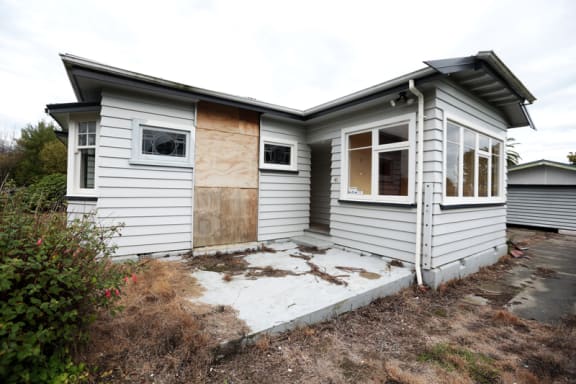
An abandoned house on red-zoned land Photo: RNZ / Diego Opatowski
After the 2010 quake, and then February 2011's devastating follow-up, the government declared 6847 Canterbury homes to be in a red zone, with land so badly damaged they were uninhabitable.
To date, it's spent $1.42 billion on purchasing and demolishing 6729 of those properties, leaving whole suburbs - such as Avonside, Bexley and Brooklands - decimated or wiped from the map.
Communities, schools and the central city have all been upended in the last seven years, and the government's track record and legacy have become inextricably intertwined with the fortunes of post-quake Christchurch.
Just how have the government's decisions in those years affected those still living in the shaky city today?
Betty Chapman says the initial, decisive choice to red-zone damaged land was a good one.
In many ways those people ended up much better off than those deemed in the green zone and left living in damaged homes.
"[With] the first lot of red zoning the government had pots of money, and they chucked it at people and said, 'Go and buy another place,' and there were no issues," she says.
"The second lot was harder. Some people were told they were a rebuild, and then all the sudden it was a repair, and they had to get their heads around it... It was almost overwhelming for them."
What's making her so angry now are the substandard repairs done on some homes, which means years after the quakes, there are people repeating the process for a second or even third time.
The Earthquake Commission has carried out repairs on 67,746 homes and paid out $9.7 billion in claims, but around 5000 have had to go back for a second repair.

Betty Chapman at the Wainoni Avonside Community Trust Photo: RNZ / Rachel Graham
As of May 2017, the commission was managing 3374 repeat repairs, and has resolved 1733 claims since the beginning of this year.
Those repairs range from minor work to more significant structural repair.
"I'm furious that even now I've got people getting re-repaired and they are in their seventies," Mrs Chapman says.
"That is appalling. How they could let people in to do substandard work for older folk?"
'School was the only stability'
The resentment is still raw, too, over the closure of many Christchurch schools - in particular, the way the government made those decisions and the manner in which communities were told.
After the earthquakes the government announced what it called a renewal of education in Christchurch, which resulted in 24 schools being closed or merged, with five new schools opened.
Through the process the government spent $1.137 billion on new school buildings and repairs in the wider Christchurch area.
Liarne Tamaiparea had lived in her Bexley home for 20 years when she and everyone else in her neighbourhood were red-zoned.
On top of that, she was chair of the board at nearby Central New Brighton school, which was about to celebrate its 125th anniversary when it was announced as one of the schools to shut.
The closure of her school was badly handled, Mrs Tamaiparea says.
"It was a very rushed, poorly-managed decision.
It could have been done a lot better - work with us, not telling us and thinking they know what is best for us. That was the decision that was very hurtful."
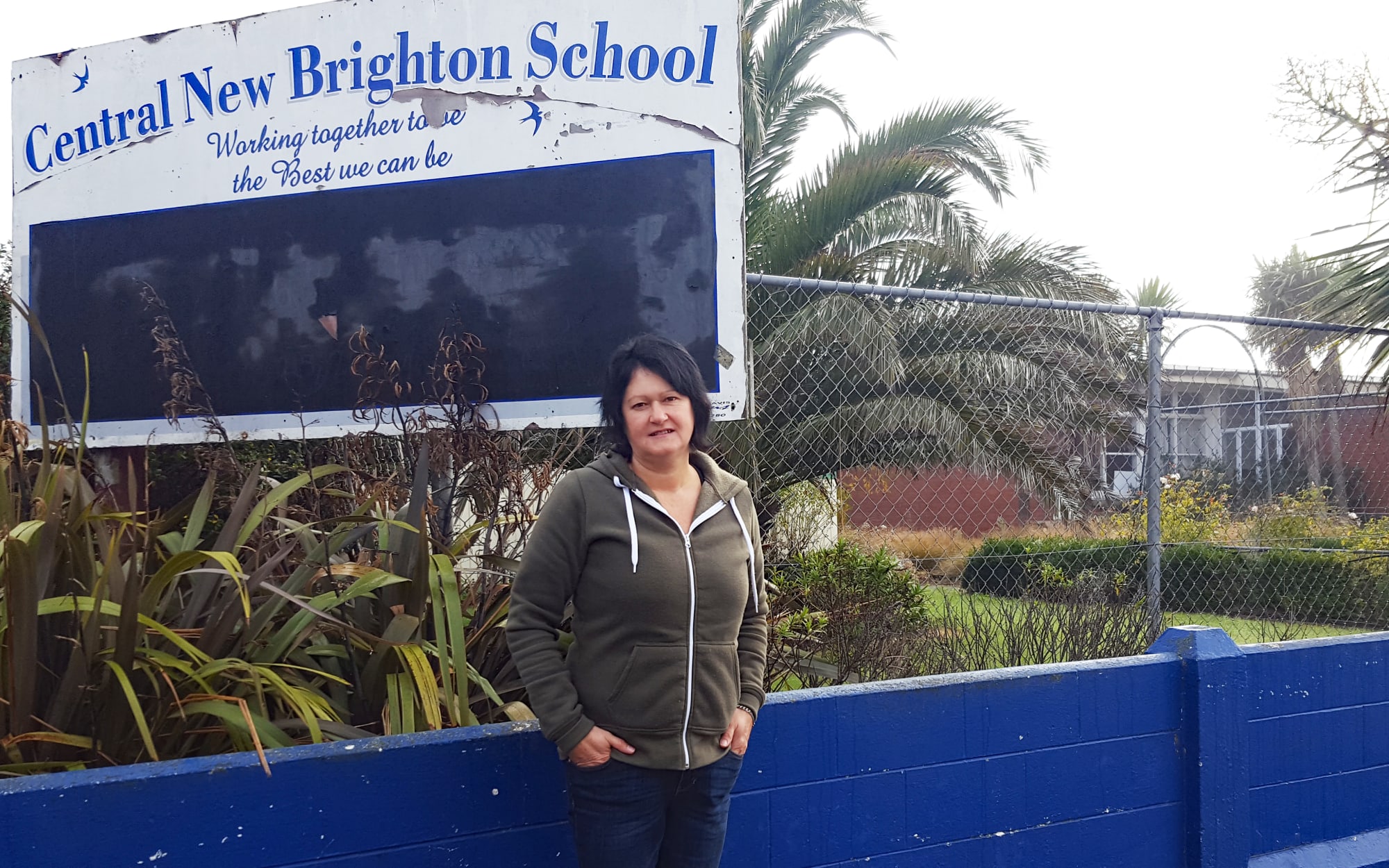
Liarne Tamaiparea had the difficult job of being board chair when her old school, Central New Brighton, was closed at the end of 2014 Photo: RNZ / Rachel Graham
With uncertainty about population numbers in the area and damage to the school buildings, the school community had expected changes, but not closure - especially not when people were still reeling from all the other changes they were facing.
"It was the worst timing," Mrs Tamaiparea says.
"The families that we had, most had already lost their houses or were living elsewhere. At that stage school was the only stability they had in their lives and that was taken away from them."
Last month, the chief ombudsman criticised the Ministry of Education for its handling of the closures, leading to the ministry issuing an apology.
In that apology, the ministry said it had not provided the community with the information it needed, and that officials had let people down.
Mrs Tamaiparea says the decision to close Central New Brighton school was particularly frustrating, given that other, more badly-damaged schools were kept open while slow decisions were made about their future.
Avonside Girls' High School, where her daughter was a student, was among those - "a lonely school, which it still is today," she says.
"My daughter was sitting in classrooms [where] you could smell that the carpet was damp, and the buildings around them were damaged and they were sitting in a red zone."
Signs of life
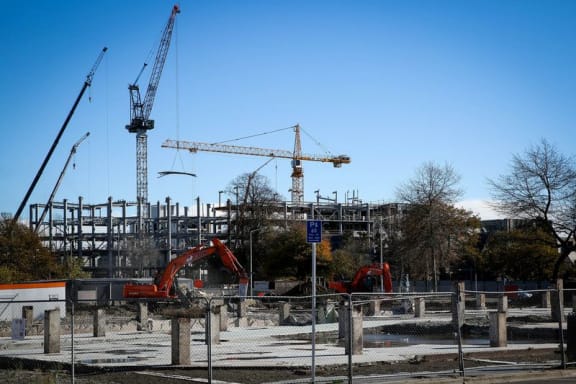
Construction underway in central Christchurch at the end of 2016 Photo: RNZ / Alexander Robertson
Following the most destructive earthquake, on 22 February 2011, Christchurch's central business district was cordoned off for over two years. Even once the fences came down, the central city sat largely deserted for several years as buildings were slowly brought down and then rebuilt.
In July 2014, with serious concerns about whether the central city would ever recover, the government committed to bringing 1700 public servants back into the central city. At the beginning of last year those workers started to move in.
The government also came up with an ambitious blueprint for the central city, with 'anchor projects' that included an expansive playground, a convention centre and a pool and sports facility.
It has committed $2.9bn towards the projects, but most are well behind the initial, optimistic, completion dates.
David Cameron's Scorpio Books has been a CBD fixture since 1979.
He had a temporary shop in the container mall in the central city after the earthquakes, and thought the business would be able to re-open quickly in the city. It wasn't to be, as the central city stagnated for years.
"There were a lot of plans mooted which haven't come to fruition," Mr Cameron says.
"There were a lot of delays because they wanted to combine the land ownership so that big developments could be built and that took too long.
"Some people took their money out of the city and took it to Auckland I believe - it was discouraging."
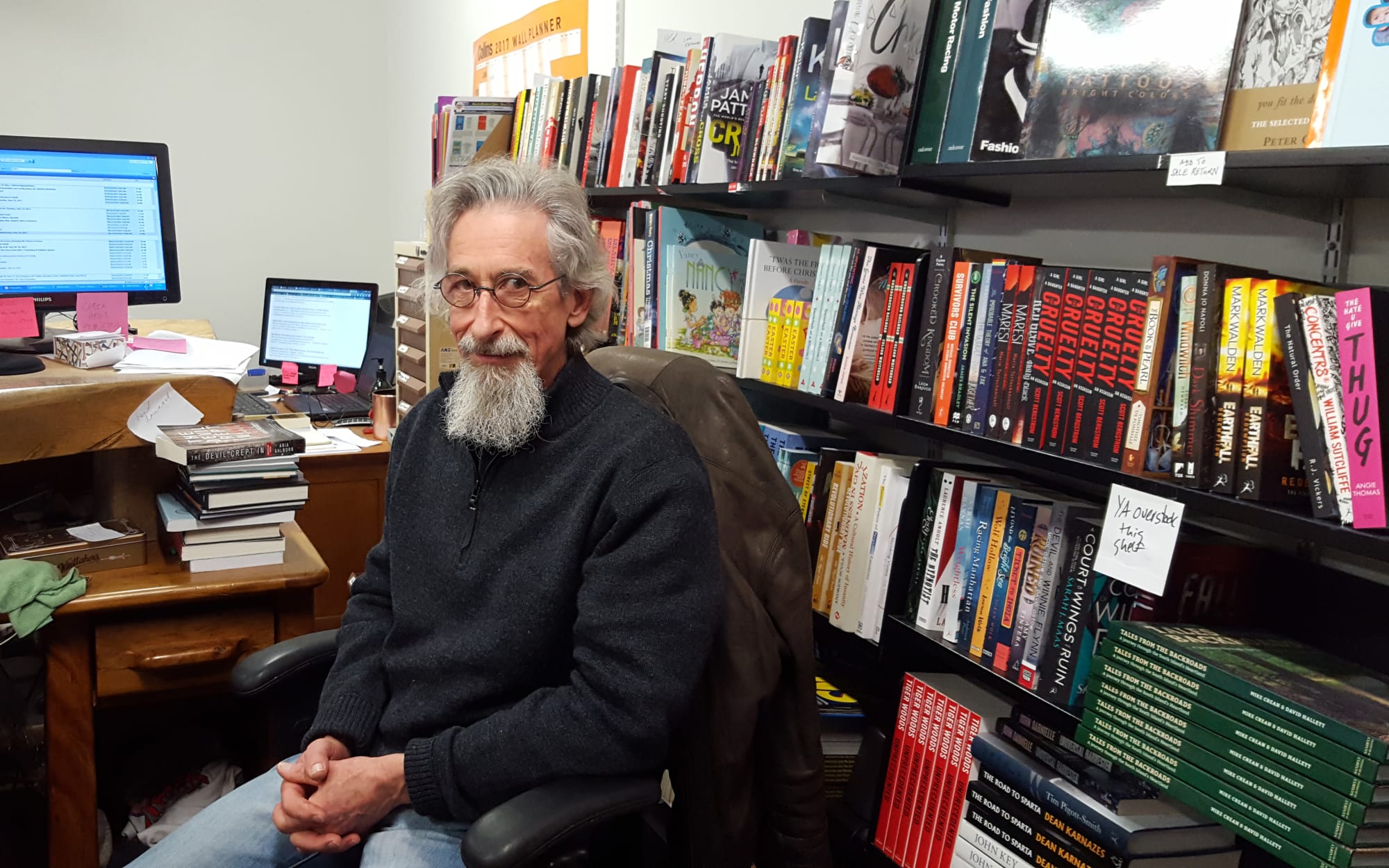
David Cameron's Scorpio Books finally has a permanent site back in Christchurch's central city Photo: RNZ / Rachel Graham
A year ago, Scorpio Books finally did open a new permanent site in the central city.
After a tough first 12 months back, in which Mr Cameron feared liquidation was on the horizon, trade is now picking up.
Despite the lack of progress on the anchor projects, the central city is finally starting to hum again, he says.
"It hasn't worked out the way they intended but now it's got its own momentum, and it's going to be an organic thing, I hope, from now on."
RNZ's election series Is this the Brighter Future? examines the government's record since it was elected in 2008. Read more here.

